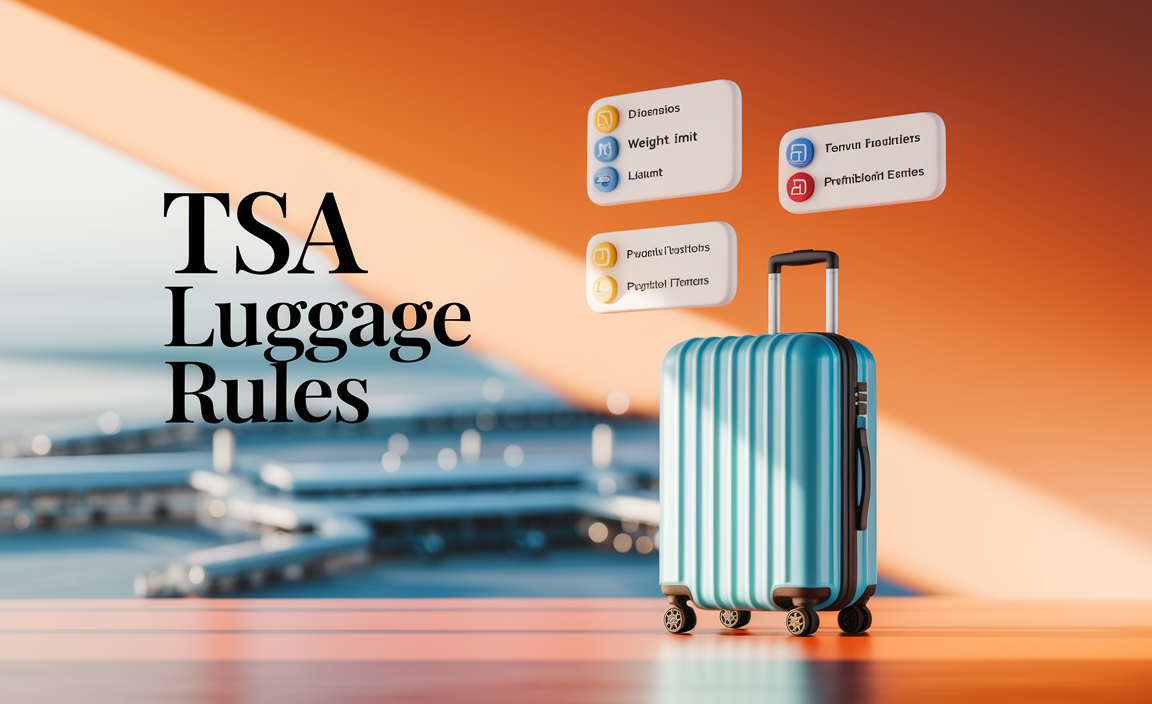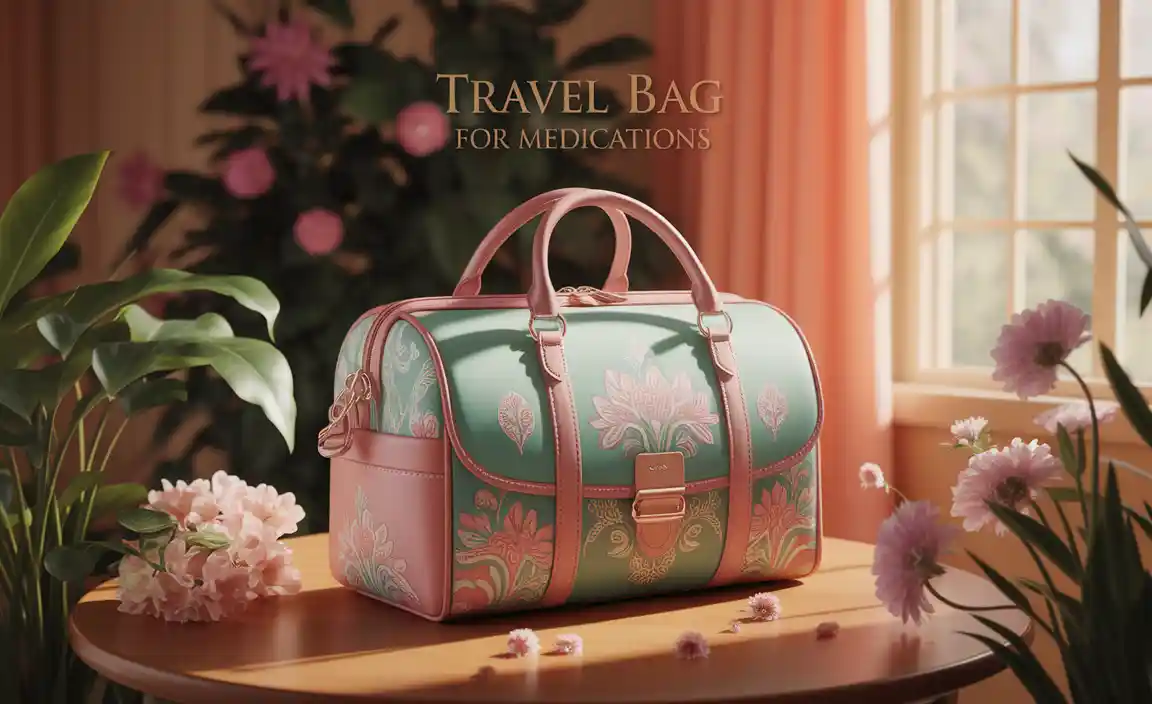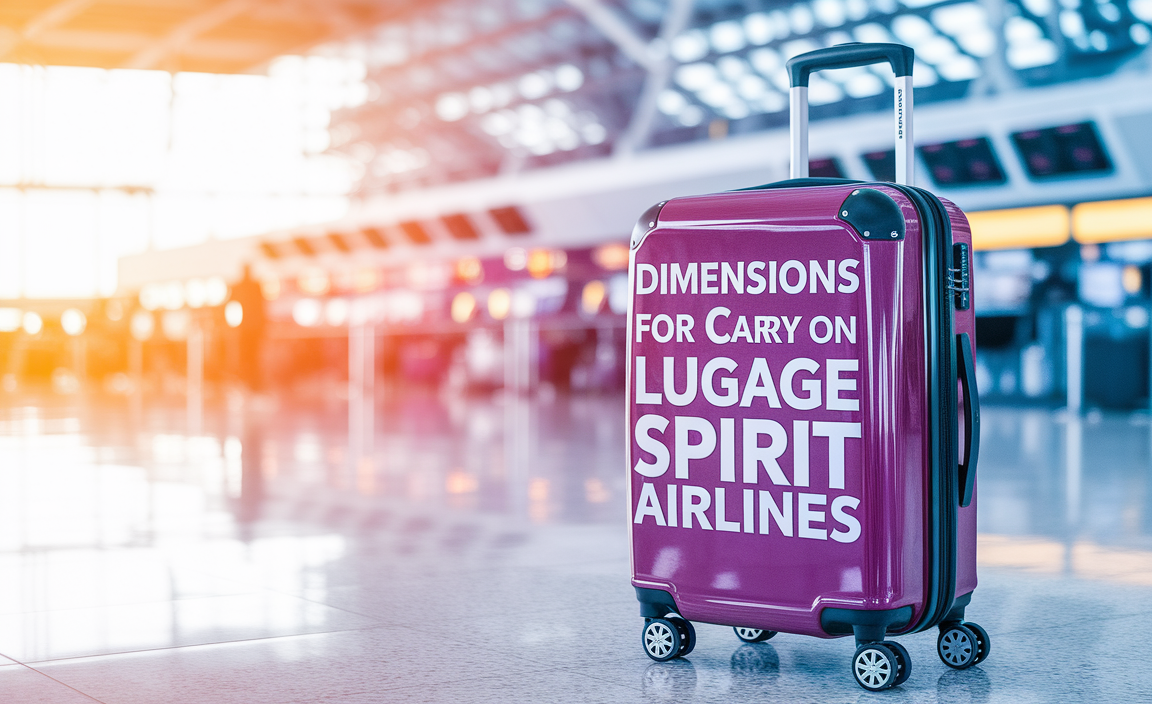Planning your first trip to Austria? This guide offers essential tips for a smooth, comfortable, and unforgettable adventure. From mastering the local etiquette and transportation to packing essentials and discovering hidden gems, get ready to experience Austria with confidence and ease.
Austria is a dream destination, filled with imperial history, stunning alpine landscapes, and delicious pastries. But if it’s your first time visiting, you might wonder where to begin. Don’t worry! Planning a trip to a new country can feel a bit overwhelming, but it doesn’t have to be. This guide is designed to make your Austrian adventure simple and stress-free. We’ll walk you through everything you need to know, from packing smart to navigating cities like Vienna and Salzburg. Get ready to fall in love with Austria!
Pre-Trip Planning: Laying the Foundation for Fun
The key to a fantastic first trip to Austria is good preparation. A little planning goes a long way in ensuring comfort and enjoyment, especially when it comes to essentials like packing and understanding local customs.
When is the Best Time to Visit Austria?
Austria offers something special in every season, making it a year-round destination. Your “best time” depends on what you want to do.
- Spring (April-May): Pleasant temperatures, blooming flowers, fewer crowds. Ideal for city breaks and hiking in lower altitudes.
- Summer (June-August): Warmest months, perfect for outdoor activities like hiking in the Alps, swimming in lakes, and attending outdoor festivals. It’s also peak tourist season, so expect more people and higher prices.
- Autumn (September-October): Crisp air, beautiful fall foliage, harvest festivals. Great for hiking, visiting vineyards, and enjoying cozy city experiences.
- Winter (November-March): Snow-covered landscapes, world-class skiing and snowboarding, charming Christmas markets. Ideal for winter sports and festive city charm.
Visa and Entry Requirements
Austria is part of the Schengen Area, which means many travelers can enter visa-free for short stays. However, it’s crucial to check the specific requirements for your nationality well in advance.
- EU/EEA/Swiss Citizens: Generally, no visa is required. You can travel freely with a valid passport or national ID card.
- Non-EU/EEA Citizens: Check if your country has a visa-waiver agreement with the Schengen Area. If not, you’ll need to apply for a Schengen visa from the Austrian embassy or consulate in your home country. This typically requires proof of sufficient funds, travel insurance, and a detailed itinerary.
- Passport Validity: Ensure your passport is valid for at least three months beyond your intended stay and was issued within the last 10 years.
For the most up-to-date information, always consult the official website of the Austrian Ministry of Foreign Affairs or your country’s embassy in Austria.
Currency and Money Matters
Austria uses the Euro (€). While credit cards are widely accepted in cities and tourist areas, it’s always wise to have some cash on hand for smaller establishments, markets, or rural areas.
- Credit cards (Visa, Mastercard) are accepted in most hotels, restaurants, and shops.
- ATMs are readily available in towns and cities.
- Inform your bank about your travel dates to avoid any issues with your cards.
Essential Packing List for Austria
Packing smart ensures you’re comfortable, no matter the weather or activity. Think layers and versatility!
| Item Category | What to Pack | Notes |
|---|---|---|
| Clothing |
|
Layers are your best friend. Pack items that can be mixed and matched. For active trips, consider moisture-wicking fabrics. |
| Toiletries & Personal Care |
|
Consider travel-sized versions to save space. If you require adult or child diapers for longer trips, discreet and comfortable options are readily available online and can be discreetly packed. Look for breathable, absorbent materials for maximum comfort during travel. |
| Documents & Essentials |
|
Keep digital and physical copies of important documents separate. A travel adapter compatible with European sockets (Type F) is a must. |
Getting Around Austria: Navigating with Ease
Austria boasts an excellent public transportation system, making it easy to explore its cities and scenic countryside.
Public Transportation Overview
From efficient trains to charming trams, moving around Austria is a breeze.
- Trains: The Österreichische Bundesbahnen (ÖBB) operates a vast and reliable train network connecting major cities and towns. It’s a comfortable and scenic way to travel long distances. Consider purchasing an Austria Pass for unlimited travel if you plan on extensive train journeys.
- Buses: For routes not covered by trains or for reaching smaller villages, national and regional bus services are available.
- City Public Transport: Most cities have integrated public transport systems including trams, buses, and in Vienna, a U-Bahn (subway). Tickets are usually valid across all these modes within the city. Consider purchasing day passes or multi-day passes for cost savings.
- Car Rental: If you prefer flexibility and plan to explore more remote areas, renting a car is an option. However, be aware of different driving regulations and parking challenges in busy cities. You’ll need an international driving permit if your home country’s license isn’t recognized.
Airport Transfers
Upon arrival at Vienna International Airport (VIE), you have several options to reach the city center:
- CAT (City Airport Train): A fast and convenient option directly to Wien Mitte station (takes about 16 minutes).
- S-Bahn (Suburban Train): The S7 line is a more affordable option, though it takes longer and makes more stops.
- Buses: Several bus companies offer direct services to different parts of Vienna and beyond.
- Taxis and Ride-Sharing: Available but are the most expensive option.
Austrian Culture and Etiquette: Navigating Social Norms
Understanding local customs will enrich your experience and help you connect with Austrians.
Greetings and Introductions
Germans and Austrians generally value politeness and formality in initial interactions.
- A firm handshake with direct eye contact is common when meeting someone for the first time.
- It’s polite to use formal titles like “Herr Doktor” (Mr. Doctor) or “Frau Professorin” (Ms. Professor) if you know someone’s academic or professional title.
- If unsure, using “Guten Tag” (Good day) and “Auf Wiedersehen” (Goodbye) is always appropriate.
Dining Etiquette
Austrian cuisine is hearty and delicious. Here are a few tips for dining out:
- Wait to be seated by the host or staff in restaurants.
- It’s customary to keep your hands visible on the table (not in your lap) while eating, but elbows should not rest on the table.
- Tipping is appreciated, usually around 5-10% for good service, and often rounded up to the nearest Euro. You can tell the waiter the total amount you wish to pay.
- “Mahlzeit” is a common greeting before eating.
Tipping Practices
Tipping is customary in Austria for good service.
- Restaurants & Cafes: Round up the bill or leave 5-10% for satisfactory service.
- Taxis: Round up the fare.
- Hotels: A few Euros for porters or housekeeping is appreciated.
- Tour Guides: Discretionary, but a tip is a nice gesture for excellent tours.
Must-See Destinations for First-Timers
Austria offers a wealth of attractions, but for a first visit, focusing on these iconic spots will provide a memorable experience.
Vienna: The Imperial Capital
Vienna, the former heart of the Habsburg Empire, is a city of grand palaces, classical music, and elegant coffee houses.
- Schönbrunn Palace: A stunning former imperial summer residence with beautiful gardens.
- Hofburg Palace: The former imperial palace, now home to museums and the Spanish Riding School.
- St. Stephen’s Cathedral: An iconic Gothic landmark in the city center.
- Belvedere Palace: Home to an impressive collection of Austrian art, including Klimt’s “The Kiss.”
- Coffee House Culture: Experience the quintessential Viennese tradition of relaxing in a traditional Kaffeehaus.
Salzburg: The City of Music
Nestled in the Alps, Salzburg is famous as the birthplace of Mozart and the setting for “The Sound of Music.”
- Hohensalzburg Fortress: A magnificent medieval fortress offering panoramic city views.
- Mirabell Palace and Gardens: Famous for its beautiful Baroque gardens featured in “The Sound of Music.”
- Mozart’s Birthplace: Explore the humble beginnings of the famous composer.
- Getreidegasse: Salzburg’s charming main shopping street with its distinctive wrought-iron signs.
Hallstatt: A Fairytale Village
This picturesque village on a placid lake, surrounded by mountains, is a UNESCO World Heritage site and a photographer’s paradise.
- Hallstatt Skywalk “Welterbeblick”: Offers breathtaking views over the village and lake.
- Salt Mine: Take a tour of the historic salt mines.
- Enjoy the scenery: Simply wander through the charming streets and soak in the atmosphere.
Food and Drink Delights of Austria
Austrian cuisine is hearty, comforting, and incredibly delicious. Don’t leave without trying these classics!
Iconic Dishes to Try
- Wiener Schnitzel: A thin, breaded, and pan-fried veal cutlet – a national treasure.
- Tafelspitz: Boiled beef served with apple and horseradish sauce.
- Goulash: A rich, hearty beef stew, often served with bread dumplings.
- Kaiserschmarrn: A fluffy, shredded pancake with raisins, often served with fruit compote.
- Apfelstrudel: Thinly layered pastry filled with apples, cinnamon, and raisins, served warm.
Beverages and Coffee Culture
Austria has a robust coffee culture and a love for quality beverages.
- Viennese Coffee Houses: These are institutions! Enjoy a “Melange” (similar to a cappuccino) or a “Einspänner” (black coffee with whipped cream).
- Austrian Wine: Particularly known for its crisp white wines like Grüner Veltliner.
- Beer: Excellent lagers and Märzen styles are popular.
Practical Tips for a Comfortable Trip
To ensure your journey is as smooth as possible, keep these practical tips in mind.
Language Basics
The official language is German. While English is widely spoken in tourist areas and by younger generations, knowing a few basic German phrases is always appreciated.
- Hello: Hallo
- Good morning: Guten Morgen
- Good day: Guten Tag
- Thank you: Danke schön
- Please: Bitte
- Yes: Ja
- No: Nein
- Excuse me: Entschuldigung
Health and Safety
Austria is a very safe country with a low crime rate. However, standard travel precautions apply.
- Emergency Number: The pan-European emergency number is 112. For specific emergencies: 133 (police), 144 (ambulance), 122 (fire).
- Pharmacies: Look for the green cross sign (Apotheke). They offer over-the-counter remedies and advice.
- Travel Insurance: Ensure you have comprehensive travel insurance that covers medical emergencies, trip cancellations, and lost baggage.
- Stay Hydrated: Especially if you’re hiking or in warmer months. Tap water is safe and excellent.
- Comfort for Extended Travel: For long flights or road trips, consider packing discreet adult or child diapers for added comfort and peace of mind. Products designed for breathability and absorbency can make a significant difference in managing personal care needs on the go.
Connectivity and Communication
Staying connected is usually straightforward.
- Wi-Fi: Widely available in hotels, cafes, and public spaces.
- SIM Cards: You can purchase local SIM cards for affordable data plans if needed.
- Mobile Coverage: Generally excellent throughout the country.
Frequently Asked Questions (FAQs)
What is the best way to travel between cities in Austria?
For most travelers, the train system (ÖBB) is the most efficient, comfortable, and scenic way to travel between Austrian cities. It’s reliable, punctual, and connects major destinations effectively. Buses are also an option for smaller towns.
Do I need to speak German to visit Austria?
No, you don’t need to be fluent in German. English is widely spoken in tourist areas, hotels, restaurants, and attractions. However, learning a few basic German phrases like “Danke” (thank you) and “Bitte” (please) is always appreciated by locals.
Are Austrian cities walkable?
Yes, Austrian cities like Vienna and Salzburg are very walkable, especially their historic centers. Many attractions are located close to each other, and public transport is excellent for covering longer distances. Comfortable walking shoes are a must!
What should I wear for visiting churches or religious sites?
When visiting churches and religious sites, it’s respectful to dress modestly. This means covering your shoulders and knees. While strict dress codes are rare, avoiding overly revealing clothing is advisable.
Is Austria expensive for tourists?
Austria can be considered moderately expensive, comparable to other Western European countries. Vienna and popular tourist regions tend to be pricier. However, by utilizing public transport, enjoying local bakeries and markets, and looking for deals on accommodation, you can travel on a reasonable budget.
<h3 id="can-i




